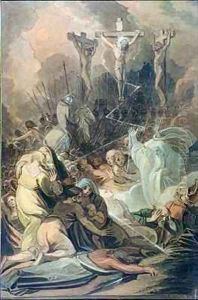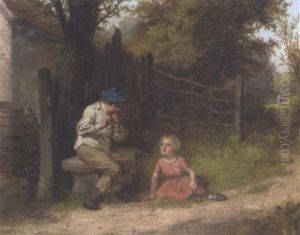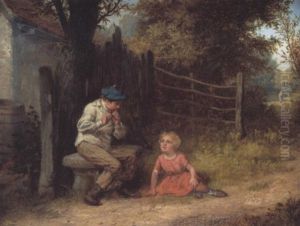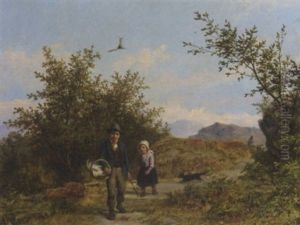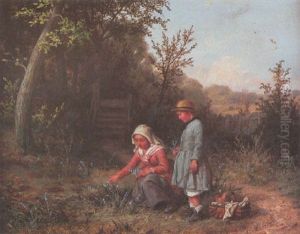William I Bromley Paintings
William I Bromley was a British engraver and painter, born in London in 1835. While not as widely recognized as some of his contemporaries, Bromley did contribute notably to the Victorian art scene, particularly in the realm of engraving. He came from an artistic family, which included his father, William Bromley (1769–1842), who was also an engraver. His brothers, Charles Bromley and Henry Bromley, were artists as well, suggesting that the family environment played a significant role in shaping his career.
Bromley's work as an engraver involved translating the works of other artists into engravings that could be reproduced and circulated. This was a common practice in the 19th century, as it allowed for the mass distribution of artworks. Bromley's engravings covered a wide range of subjects, including historical events, portraits, and literary scenes. He was skilled at capturing the detail and essence of the original works, making his engravings sought after by publishers and the public alike.
Though primarily known for his engravings, Bromley also practiced painting; however, his paintings did not achieve the same level of acclaim as his engravings. He exhibited at the Royal Academy and other venues, indicating that he was an active member of the artistic community in London. His engravings were more prominently featured in exhibitions and publications than his paintings.
William I Bromley's dedication to his craft was evident in the quality and precision of his engravings. Despite the overshadowing fame of other Victorian artists, Bromley's work provides an important insight into the dissemination of visual culture during the 19th century. He died in 1888, leaving behind a body of work that continues to be of interest to those studying Victorian art and the history of engraving.


